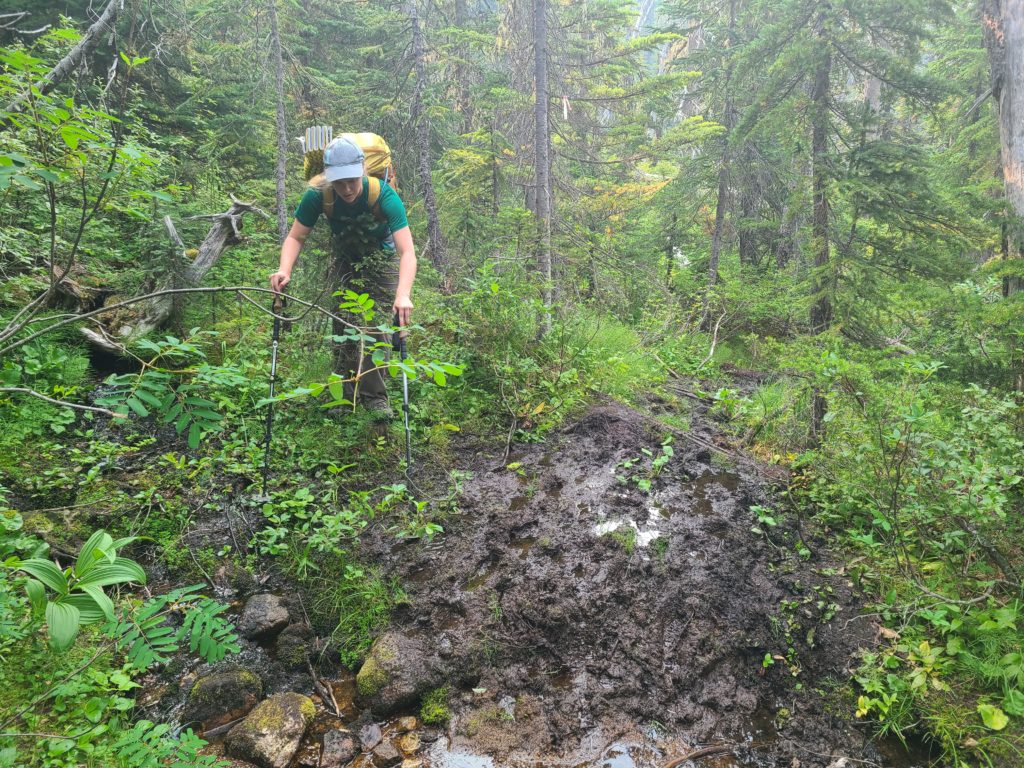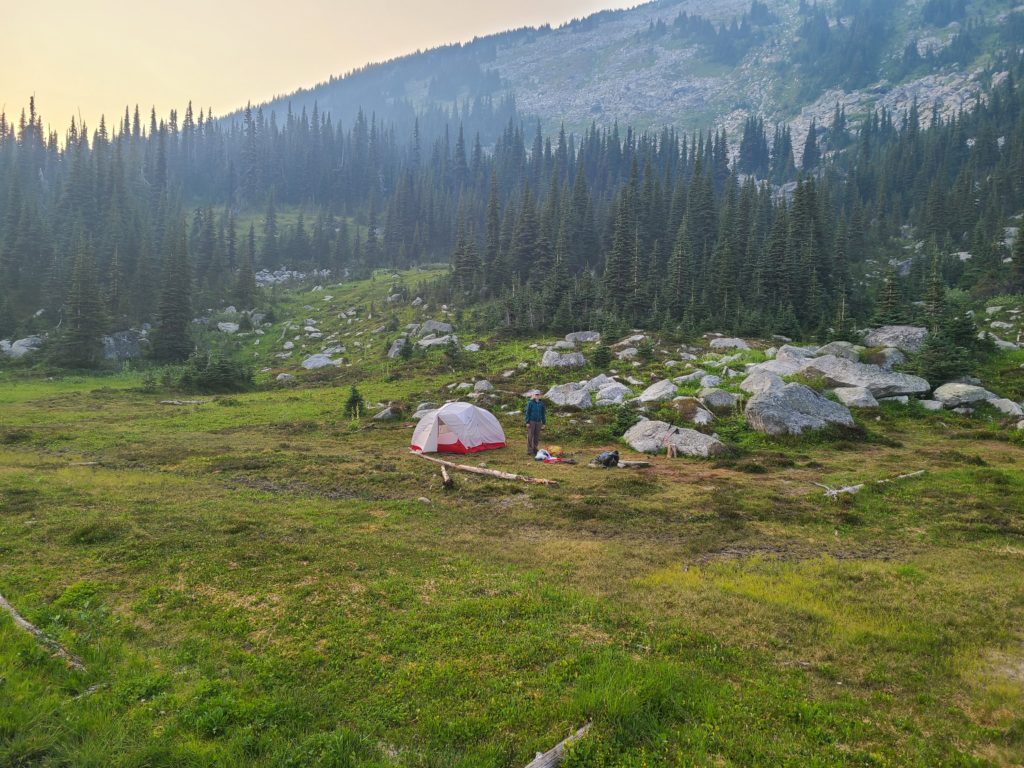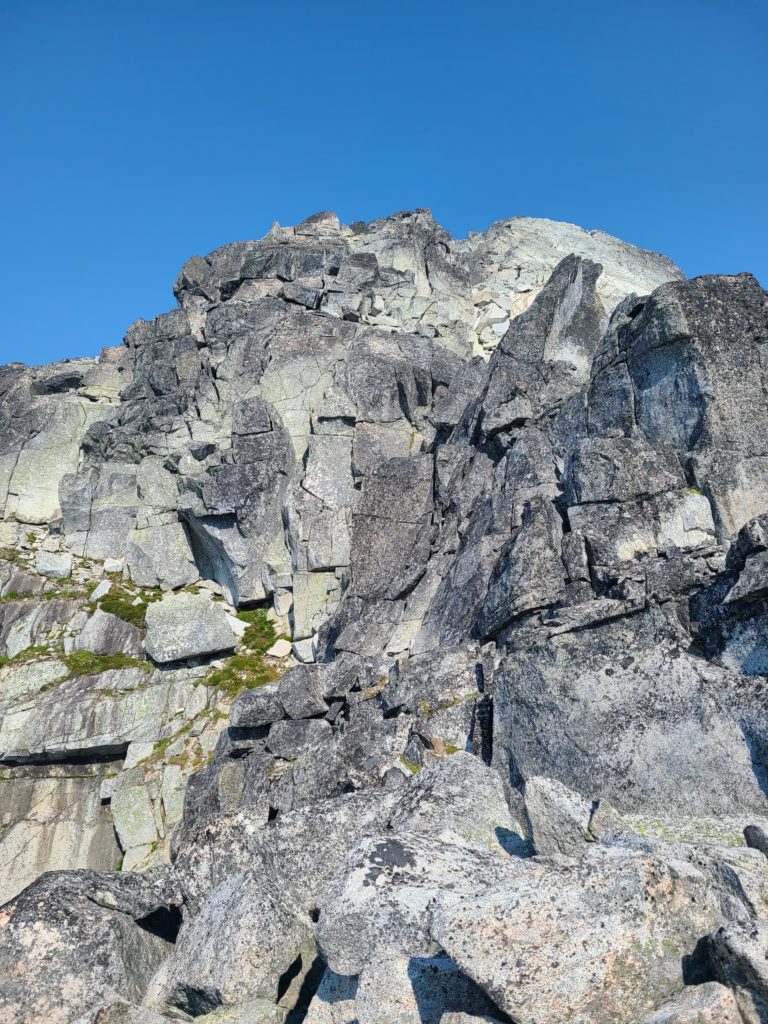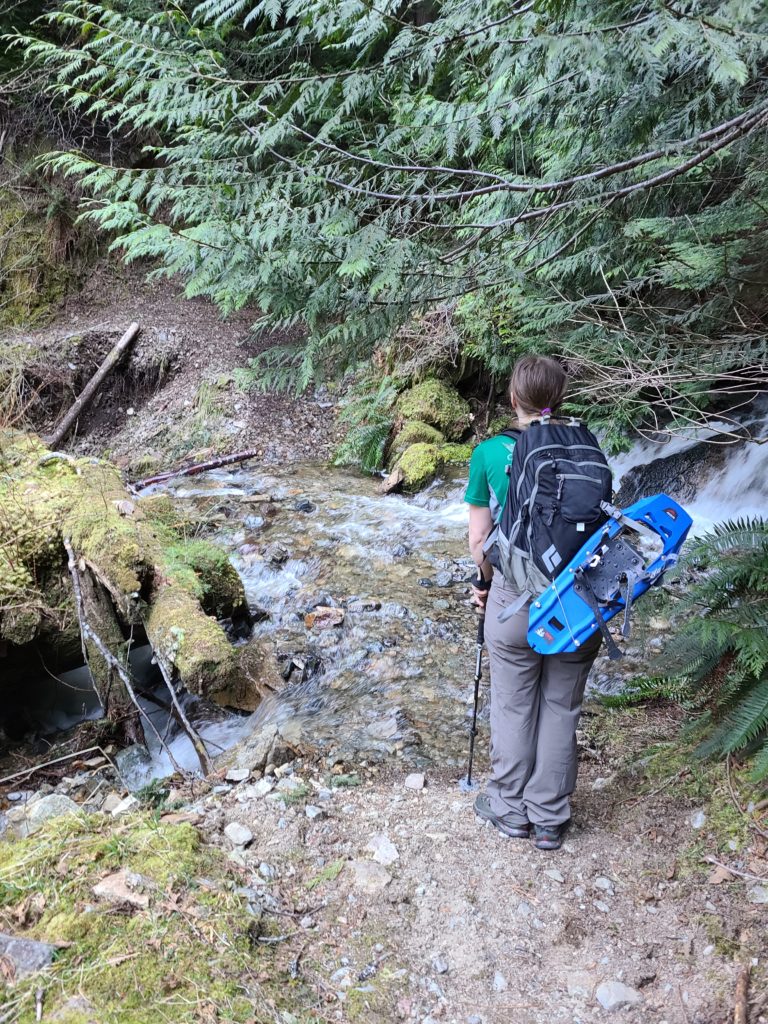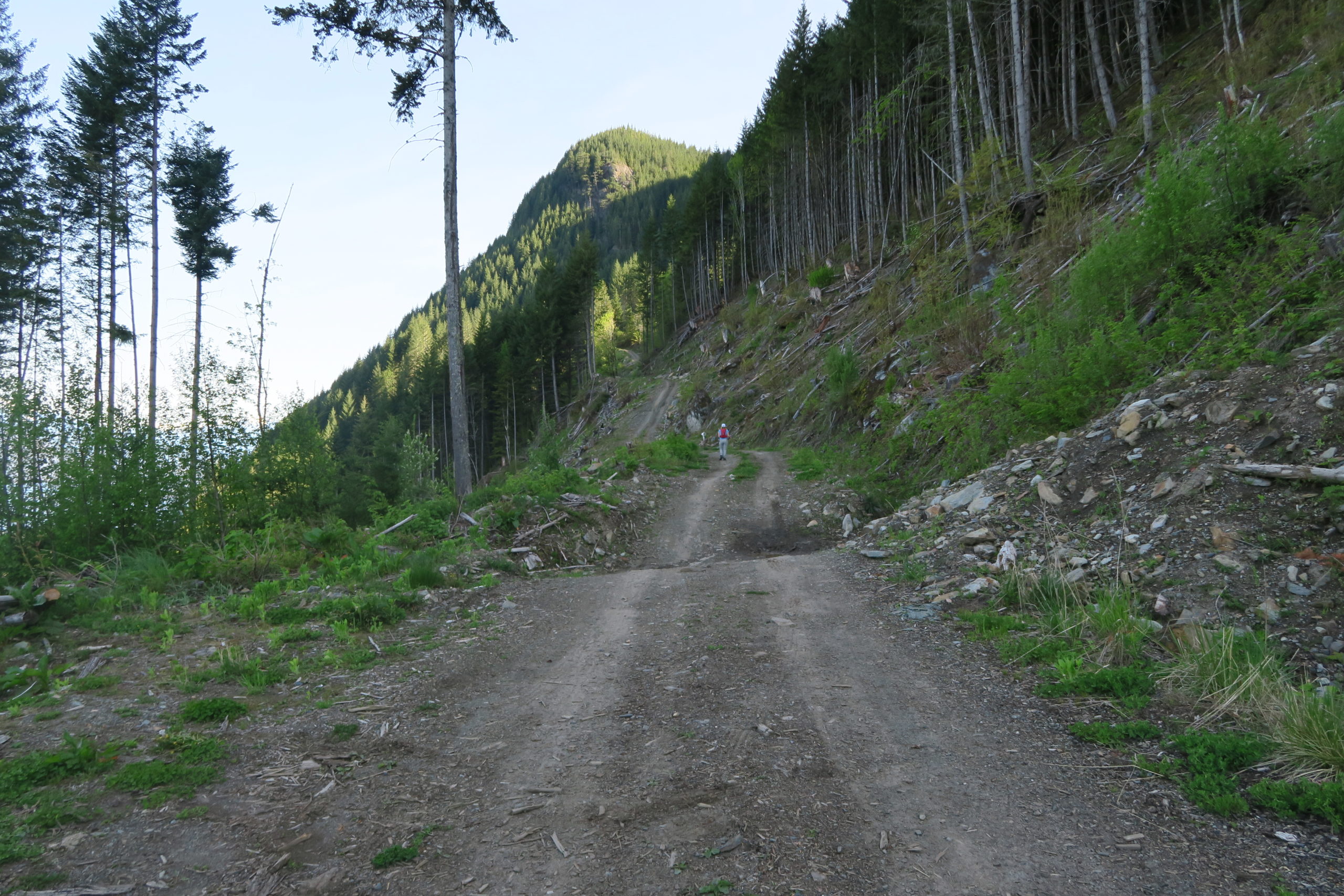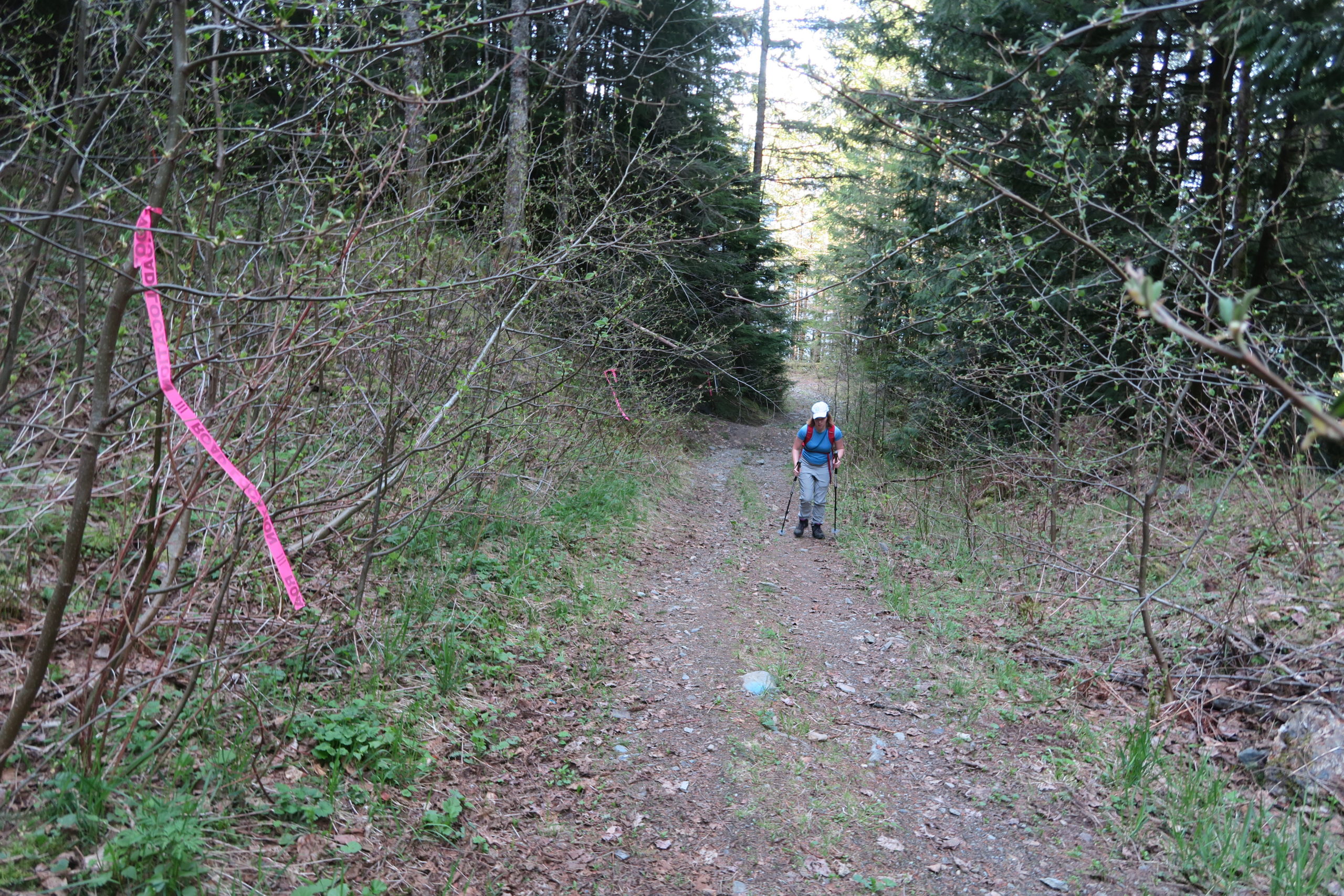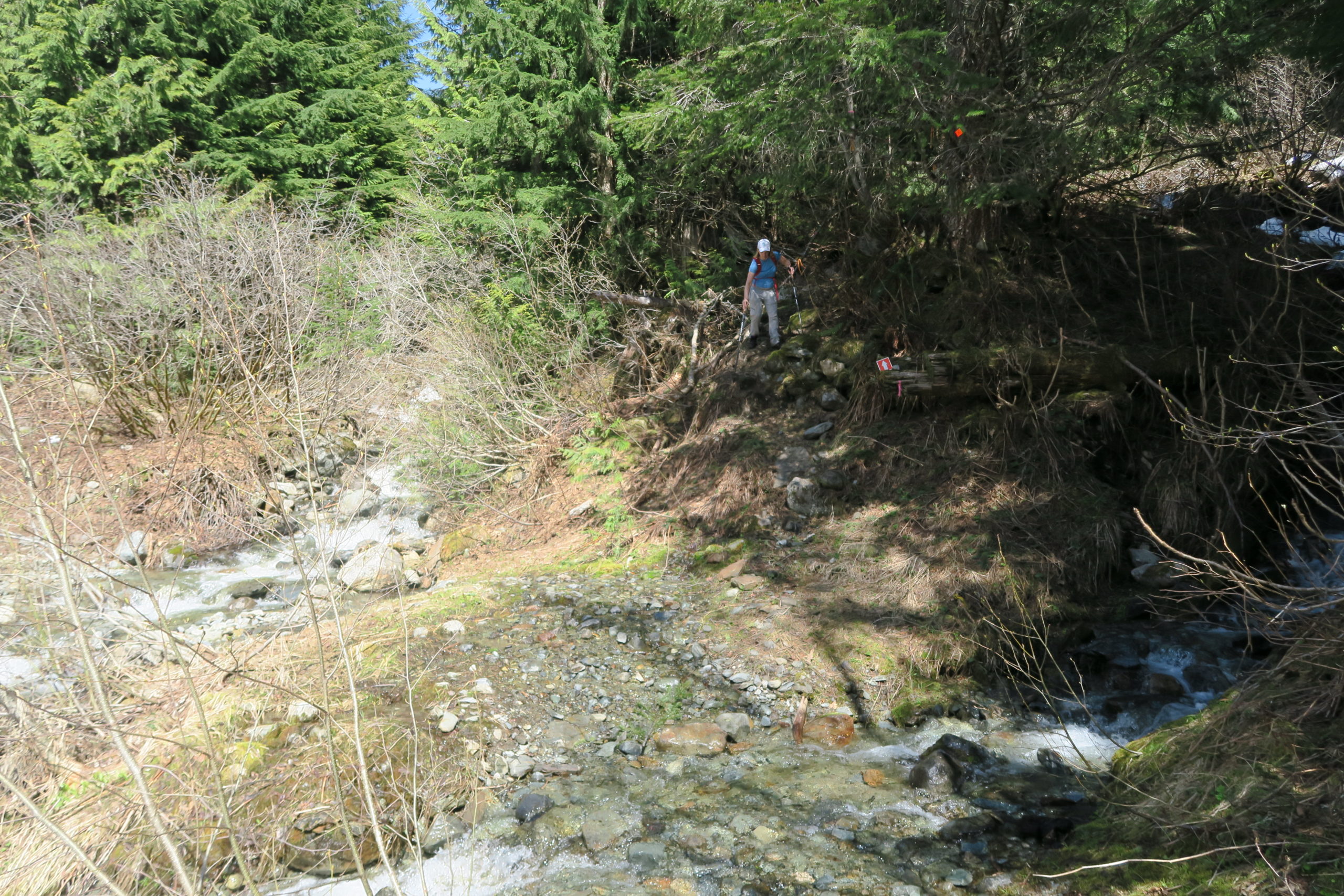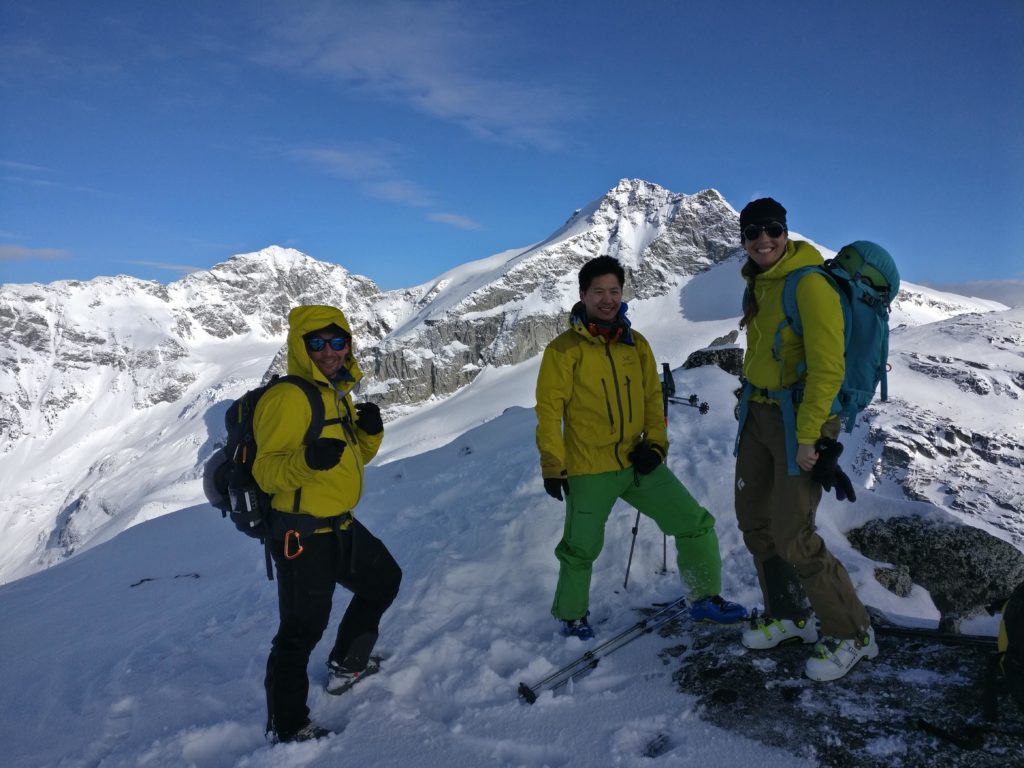Working from home for the past 18 months, I’ve saved between one and a half to two hours per day spent commuting, and that combined with a lack of external pressure to be running around in the evenings to scheduled activities has done wonders for the amount of time I have for kids and housework in normal daylight hours, freeing up time and energy in the evenings and weekends to catch up on reading, both for enjoyment and to sharpen the saw. Here are some micro reviews of the reading I’ve done since the start of the pandemic.
Fiction
My Struggle, volumes 1 – 6, by Karl Ove Knausgaard: See my post prior to this one. 3,600 pages of Norwegian novel about one man’s memory of his life. The language and description, and shifting times flow effortlessly. 9.5/10.
The Testaments, by Margaret Atwood: The Handmaid’s Tale is widely regarded as one of the 20th century’s greatest novels, and while not as good, and certainly not going to leave a similar mark on our culture, The Testaments is an enjoyable follow up, diving deeper into the world of Gilead as a Canadian spy tries to make her mark. 8/10.
Norse Mythology, by Neil Gaiman: My knowledge of norse mythology is a ragtag assembly of facts gleaned randomly from movies, video games, and Amon Amarth, and Gaiman is a great storyteller so it seemed like an obviously good way to learn the details of norse mythology. Unfortunately, while informative, I actually found the book quite dull, and it failed to convey why anyone would have believed in these beings. 5/10.
General Non-Fiction
Say Nothing, Patrick Radden Keefe: Fantastic work centered around a disappeared mother during the Northern Irish troubles. Well researched, well written, and damning of the central figures. Hard to believe this could have happened in the first world during the last half century. 9.5/10.
Under the Banner of Heaven, by Jon Krakauer: Although I’m familiar with the Fundamentalist Church of Latter Day Saints (FLDS) due to reporting in the Vancouver Sun in the last decade, this book predates that reporting. I have personal acquaintances who have left similar sects, and with typically fluid writing, Krakauer shines a light into how these sects operate, and who falls into their clutches. How can someone be so absorbed into their belief that they will kill to defend it? 8.5/10
Empire of Pain, by Patrick Radden Keefe: Keefe’s takedown of the Sackler family came out just a few months after rI finished Say Nothing, and so I had to pick it up. The story of Oxycontin is much more familiar to me than the troubles, and so I didn’t learn as much, and a few of the arguments late in the book are fairly tenuous (are Sacklers who obtained their money pre-Oxy actually tainted by Oxy?). Nonetheless, the opioid crisis is one of the central tragedies shaping our current society and this book looks straight at its cause. 8/10.
Leonardo da Vinci, by Walter Isaacson: More hagiography than biography, perhaps in part because all we really have left of Leonardo are the works he left behind, Isaacson does a very compelling job explaining Leonardo’s genius and his myriad innovations. 7.5/10.
Humanocracy, by Gary Hamel & Michele Zanini: If you’ve never had the opportunity to see Gary Hamel speak in person, do so. He’s the literal definition of “man on fire”, speaking with the fervour of the truly devout. What is his belief? Not only is bureaucracy boring and slow, but it is downright immoral and contrary to human nature! Free people to be human again! While this book fails to have the same spark, it is nonetheless full of thought provoking ideas on how a business can operate, and how to unleash people to do their best. 7.5/10.
The Half Has Never Been Told: Slavery and the Making of American Capitalism, by Edward E. Baptist: Really, really interesting. Using data from places like the port of New Orleans, Baptist is able to trace the inhumanity of the slave trade and convincingly argue that as an “asset” they were an essential part of America’s rise to economic dominance. 8/10.
Labyrinth Of Ice: The Triumphant And Tragic Greely Polar Expedition, by Buddy Levy: Can you imagine setting out to try and reach the north pole, or barring that to reach “farthest north”, closer to the north pole than anyone else before? Then on that trip, establish a base that would prove to be unreachable by support ships for the next couple years? Greely’s expedition is an epic of hardship, one that most men would not survive, but through hard labour and inspired leadership, a handful would make it through by the skin of their teeth. Gripping from beginning to end. 7.5/10.
The Folly and the Glory, by Tim Weiner: Weiner’s Legacy of Ashes is a modern classic, and Enemies was excellent as well. The Folly and the Glory is not as good, in part because its subject matter is narrower and has been more widely told. The US and the Russians have both been meddling in other countries affairs for the last century. Nonetheless, as a chronicle of the history of relations and manipulations between these two countries leading up to the Russian attempts to destabilize the USA by helping Trump’s election in 2016, this is the definitive account to date. 7/10.
A Knock on the Door: The Essential History of Residential Schools from the Truth and Reconciliation Commission of Canada: To understand current Canadian political discourse, I needed to educate myself on the residential school system, and where better to start than with the official history from the TRC. Authoritative and blunt, this book lays out the history of the schools, from their inception to their final closure only a couple decades ago. My principal complaint about this is that it was too short in length, and an extra couple hundred pages could have gone a long way to conveying what was experienced by the children and adults who went through the system. 8/10
21 Things You May Not Know About the Indian Act: Helping Canadians Make Reconciliation With Indigenous People’s a Reality, by Bob Joseph: After reading A Knock on the Door, I went looking for some more understanding of indigenous views and came across this little gem of a book. Quick to read, but insightful throughout, highly recommended. 8.5/10.
The World Beneath Their Feet, by Scott Elllsworth: Brits, nazis, mountains. This is a peculiar book in that it is written at a low grade level, and explains a lot of basics for people who have no background knowledge of mountaineering, but at the same time provides no maps, and no photos. It was enjoyable enough, but you’re much better off reading books like the White Spider, by Harrer, or Into the Silence, by Wade Davis, to get a sense of the early exploration of the Himalayas. 6/10.
Heaven and Hell: A History of the Afterlife, by Bart Ehrman: Ehrman’s books are almost always interesting, previously diving into topics such as which books were left out of the New Testament, and looking at the wide gamut of faiths and beliefs of the the earliest Christians, before the religion coalesced in the 3rd and 4th centuries to the religion we’re familiar with today. In this book, once again he tackles an interesting question. Heaven is only minimally described in the bible, and hell only a few mentions, yet we as a culture have a rich description and common understanding of heaven and hell. If not from explicit description in the bible, how did these beliefs arise and evolve? Without the rich source material of earlier books (i.e. the entire apocrypha and histories written by early church fathers), he simply has a lot less to work with but it was still interesting to keep me going all the way through. 7/10.
Arthur and the Kings of Britain, by Miles Russell: The title of this book doesn’t describe the book well. Most of the book is a comparison of the handful of early British sources with Roman histories of the conquest of Britain, strongly and convincingly arguing that the British historians of the early middle ages misinterpreted tribal battles in south west England as wars between nations, and misinterpreting different descriptions of the same events by the Roman historians as separate events. To a historian of earliest Britain, it is probably very important to aggregate all sources and cover each individual documented event, but to a reader like me, this would have been better as a long form magazine article. 5/10.
The Neuroscientist who Lost Her Mind, by Barbara K. Lipska and Elaine McArdle: A short memoir of a neuroscientists experience of developing mental illness and severe personality changes as the result of a brain tumour, all the while not being conscious or aware of her changing personality, only to recover from the tumour and be able to look back at who it made her become. A fascinating story, but reads as an extended magazine article, which it effectively is. 7/10.
Narrative Economics, by Robert Shiller: Are economic decisions the result of homo rationalis, an ideal person who calculates an effective cost and benefit function to determine which choices have the best utility? Or are people prone to make decisions based on a common narrative (i.e. “house prices always rise”), with changes in how people make decisions based in changes in these narratives? As an academic concept, this may be a radical way of looking at economics and it makes sense that economists need to learn to look beyond utility functions in their models (wasn’t this what ideas like “industrial organization” also brought to the table?), but as a lay person I found the examples and description to be rather obvious and wouldn’t recommend it to another lay reader. 5/10.
Technical
Building Secure and Reliable Systems, by Heather Adkins et al: Google’s newish book on building secure and reliable systems a few weeks ago and highly recommend it to everyone working in modern software development. There are a few boring chapters around 2/3 of the way through, but overall I was impressed at how much of it was interesting and relevant to anyone building a system that needs to be secure and/or reliable –> essentially anyone. 9/10.
A Philosophy of Software Design, by John Ousterhout: Strongly recommend. It’s a short book focussed on complexity in software and how to eliminate it. Concise, to the point, only took 2 or 3 hours to read, and full of great practical advice on how to write good software that you don’t need to be an elite level developer to understand. When I bought it I thought it was by some random blogger but after reading it I looked up the author and it turns out the author is actually a Stanford prof who was the original author of Tcl back in the 80s, invented a new kind of fie system, and wrote the first VLSI program to lay out integrated circuits. 8.5/10.
Advanced Penetration Testing, by Wil Alsopp: Want to feel like it’s all hopeless? Read this book. Highly recommended for anyone involved in security. Systems are there to be broken. For example, I never knew how to implement a command & control system by reading DNS TXT records prior to reading it. The author believes that every system can be hacked and shows how. Scary, scary stuff, but really interesting.. the author even says that he’d never sleep if he had to be on the other side and figure out how to defend against someone like himself. Definitely helps to have a background in C++ and Win32 API programming to understand some parts, but lots of the hacks use other techs like Java and lots of instruction on how to stay ahead of the most modern defences. 9/10.
Kubernetes: Up & Running, by Brendan Burns et al: Written by a few of the people originally behind Kubernetes. It’s a pretty slim tome, but I really wish I read this a year and a half ago when I first got involved in k8s work at Visier rather than spending all my time trying to black box infer what k8s actually does. 8/10.
Clean Agile, by Robert C. Martin: Another Uncle Bob book, this one is not in the same league as the Clean Coder or Clean Architecture. Interesting history of the agile movement and getting down to its core, but I didn’t feel that I learned much that I hadn’t already found in other sources. 7/10.
The Problem with Software: Why Smart Engineers Write Bad Code, by Adam Barr: I can’t recommend. It’s basically a couple hundred pages talking about problems with old programming languages and shortcuts that devs take, combined with a bunch of anecdotes about working as a dev on Windows NT. It was mildly entertaining but he never really gets around to explaining how to help smart engineers write GOOD code. 5/10.
Honourable Mentions
The following were read pre-pandemic but that I strongly recommend that everyone read:
Designing Data-Intensive Applications: The Big Ideas Behind Reliable, Scalable, and Maintainable Systems, by Martin Kleppmann: All you ever wanted to know about how Cassandra, Zookeeper, Vault, Kafka, (and more!) work internally and the design trade offs by their authors. I read that one when it first came out a few years ago and absolutely love it. Everyone who works on a data processing backend who hasn’t read it should be reading it. 9.5/10.
Clean Architecture, by Robert C. Martin: A great primer on what architecture is and full of useful real world advice on how to design and evolve software systems. Most book on architecture are either too academic or too heavyweight, but this one just gets to the core. Simple, clean, strongly recommended for all software devs. 8.5/10.
The DevOps Handbook, by Gene Kim et al: It says it’s about DevOps, but it’s really about how to efficiently build and deliver software. The line that’s most stuck with me since I first read it: “It’s okay for people to become dependent on our tools, but it’s important they don’t become dependent on us”. Strongly recommended for all software development managers, not only if you’re running a devops group. 9.5/10.












